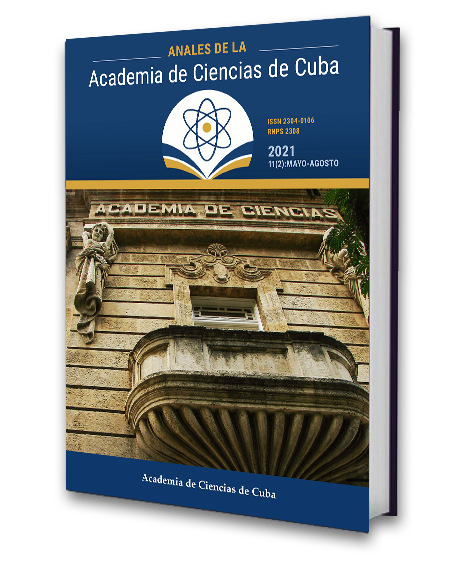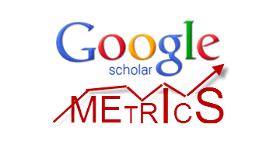Anti-Doping Analytics in Cuba
Keywords:
Anti-doping Laboratory, analytical chemistry, history, mass spectrometryAbstract
Doping control analytics is already considered a highly integrative branch of science. In its development, analytical chemistry, biochemistry and pharmacology have merged in a sublime way, all strictly amalgamated and controlled by a quality management system. The objective of the work was to describe the development of this science in Cuba and at the same time it is a tribute to its protagonists. A broad search was carried out on doping control activities in Cuba, interviews were carried out with persons involved in the activity and the archived documents of the Quality Management System of the Havana Anti-Doping Laboratory were reviewed. The present work describes the main antecedents and the evolution of the analysis of doping control in Cuba. It describes the evolution of the instruments and the personnel involved from 1973 to 2020, as well as the inter-center relations, research, and the accreditation process. It was divided into three main parts. The first describes the situation of doping analytics in the 1970s and 1980s; the second part describes the activities carried out in Cuba between 1973 and 1991 and the third part describes the creation and evolution of the Havana Antidoping Laboratory from 1999 to the present.Downloads
Downloads
Published
How to Cite
Issue
Section
License
The journal Anales de la Academia de Ciencias de Cuba protects copyright, and operates with a Creative Commons License 4.0 (Creative Commons Attribution-NonCommercial License 4.0). By publishing in it, authors allow themselves to copy, reproduce, distribute, publicly communicate their work and generate derivative works, as long as the original author is cited and acknowledged. They do not allow, however, the use of the original work for commercial or lucrative purposes.
The authors authorize the publication of their writings, retaining the authorship rights, and assigning and transferring to the magazine all the rights protected by the intellectual property laws that govern in Cuba, which imply editing to disseminate the work.
Authors may establish additional agreements for the non-exclusive distribution of the version of the work published in the journal (for example, placing it in an institutional repository or publishing it in a book), with recognition of having been first published in this journal.
To learn more, see https://creativecommons.org






